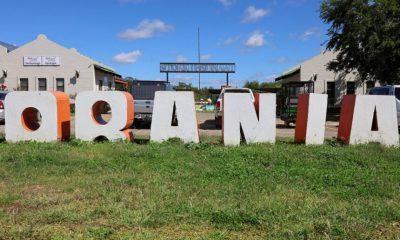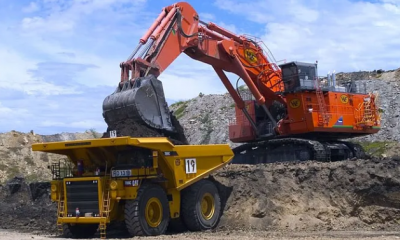Business
South Africa’s Working Class Trapped in Debt as Cost of Living Soars

South Africa’s working-class population—those earning between R8,000 and R22,000 per month—is struggling to break into the middle class due to rising debt and economic pressures, according to a new warning from Standard Bank.
Despite having tertiary qualifications and even dual-income households, many working-class citizens remain financially constrained, unable to surpass the R22,000 per month threshold that marks middle-class status.
Motlatsi Mkalala, Executive Head of Middle Market at Standard Bank, attributes this financial stagnation to South Africa’s weak economy, high inflation, and growing debt burdens. While the country has made strides in reducing poverty, these pressures have severely hindered upward mobility.
The Expanding Working Class and Its Economic Impact
Research from the UCT Liberty Institute of Strategic Marketing, commissioned by Liberty and Standard Bank, highlights the rapid expansion of South Africa’s working class over the past decade. The data reveals:
- 67% growth in the working-class population from 9 million in 2012 to 15 million in 2022
- R550 billion in combined annual spending power, up from R280 billion a decade ago
- 18% increase in average income, from R31,100 to R36,700
While the segment’s financial strength has nearly doubled, the struggle to move up the economic ladder persists due to the high cost of living and widespread debt dependency.
Debt Weighs Heavily on Working-Class Households
A major factor limiting financial progress is rising debt. Many South Africans earning less than R22,000 per month rely on credit to cover their expenses, leaving them in a cycle of financial instability.
Reports from DebtBusters and Eighty20’s Credit Stress Index indicate that:
- 8.3 million credit-active working-class individuals exist as of Q3 2024
- Their total credit balances amount to R107.5 billion
- The average monthly debt repayment is R1,732, consuming 19% of income
- 55% of working-class borrowers are in default on at least one loan
The majority of these debts are unsecured loans, making up between 58% and 78% of total debts for those earning between R5,000 and R20,000 per month.
Inflation and Rising Costs Worsen the Situation
South Africa’s economic environment has intensified financial struggles across income groups. Over the past decade:
- Inflation increased 144%
- Petrol prices surged 172%
- Eskom’s electricity tariffs skyrocketed 235%
- Salaries only grew 98%, failing to keep up with rising costs
Even middle-class households earning between R22,000 and R35,000 per month remain highly indebted, with an average of 69% of their income going toward debt repayments.
South Africa’s financial institutions and policymakers must address the root causes of debt dependency and limited upward mobility. Solutions such as improved access to financial education, better debt management programs, and stronger economic policies are needed to help working-class citizens achieve financial stability.
Without intervention, the cycle of debt will continue to trap millions, preventing true economic growth and mobility within South Africa’s workforce.
Follow Joburg ETC on Facebook, Twitter , TikTok and Instagram
For more News in Johannesburg, visit joburgetc.com



























